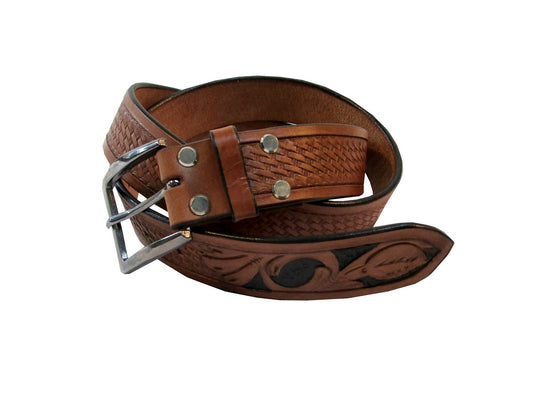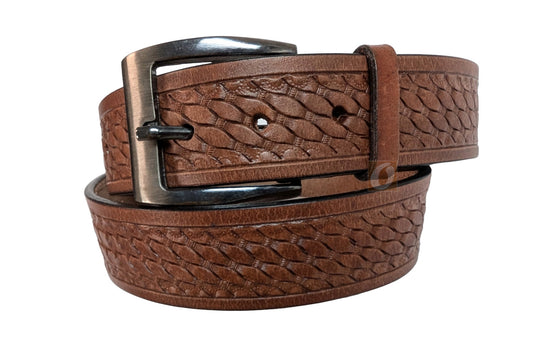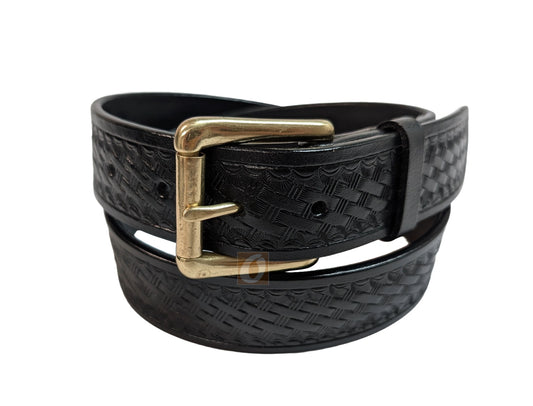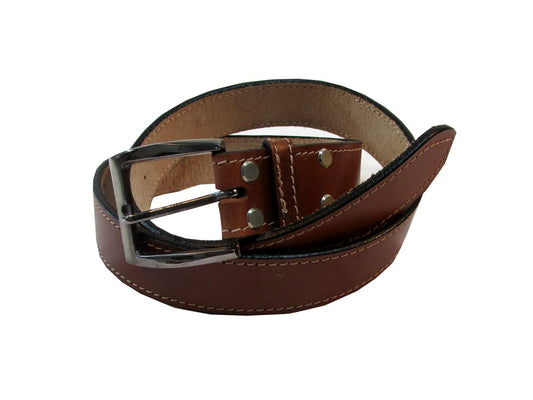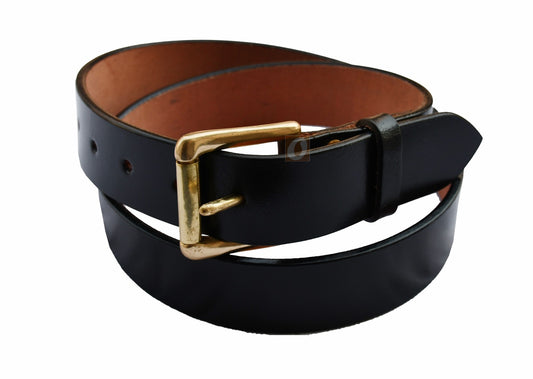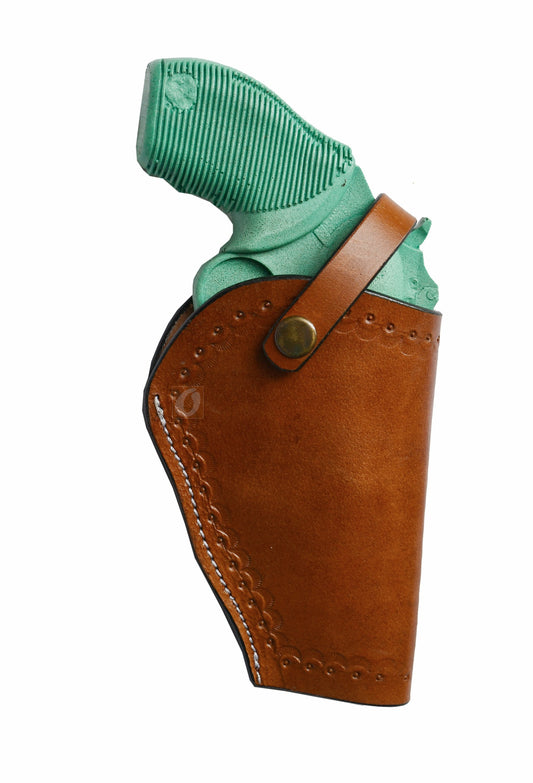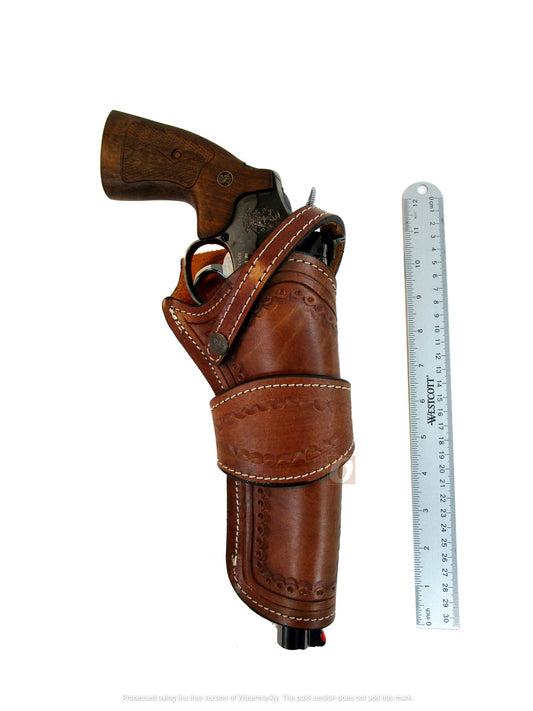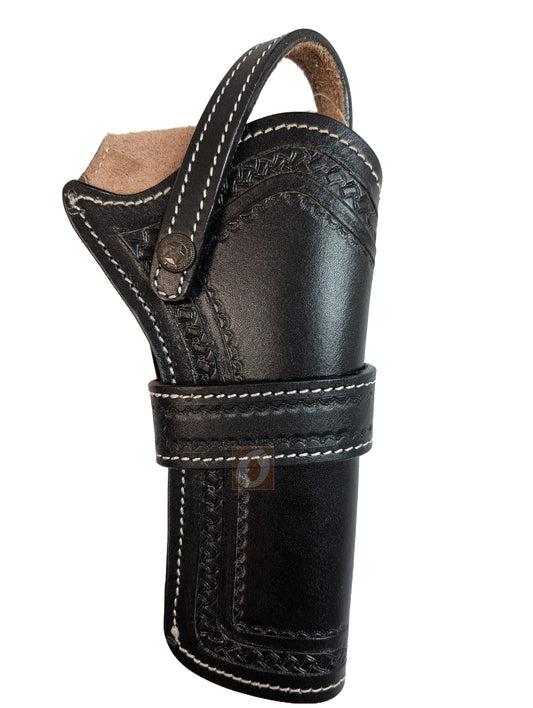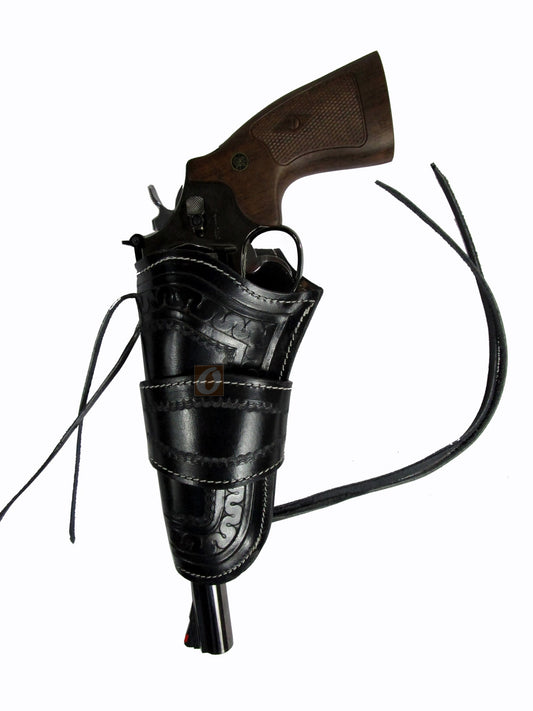Holsters for Large and Small Frame Guns: Which to Choose?
Holsters for Large and Small Frame Guns: Which to Choose?
The right holster matches the size, weight, and geometry of your firearm. Here’s how large-frame vs small-frame choices affect comfort, concealment, and control—and which holster types shine for each.
Core differences that actually matter
Weight and leverage
Larger pistols create more pull on the belt line. You need stronger retention, wider wings/clips, and a stiff belt to spread weight. Small pistols are lighter, but can tip or rotate if the holster is too minimal.
Length and muzzle management
Longer slides stabilize better IWB but need correct ride height to avoid digging. Short slides conceal easily yet may print at the grip if cant is wrong.
Grip length drives concealment
The grip prints first. Large frames benefit from grip tuck (claws/wedges) and proper cant; small frames can disappear with simpler setups.
Holsters for large-frame guns
What to look for
Firm retention, adjustable cant and ride height, and load-spreading attachment (dual clips or solid loops). Pair with a rigid Leather Belt.
Best types
OWB holsters: Most comfortable, great weight distribution; best when concealment is secondary.
IWB holsters: Concealable with the right cant and a wedge/claw; choose molded leather or Kydex for consistent reholstering.
Custom holsters: Model-specific molding keeps big guns stable and safe.
Start with our molded Leather Holsters or commission a custom build if you run optics/lights.
Holsters for small-frame guns
What to look for
Minimal bulk with solid trigger coverage and positive retention. Keep clips strong—tiny guns still need control.
Best types
IWB holsters: Slim shells disappear under a t-shirt; adjust ride height to avoid pinching.
Pocket holsters: Breaks up printing and fixes orientation; draw straight up, then rotate.
Cross draw holsters: Comfortable seated or driving; verify safe draw path and retention.
Explore Leather Holsters for a body-molding fit or go Kydex for immediate rigidity. For seated access, see Crossdraw Holsters.
Fit and setup tips that solve 90% of issues
Set cant to your torso, not the mirror
AIWB often favors 10–20° of inward tuck; strong-side IWB commonly runs 10–15° forward cant to hide the grip corner.
Match ride height to barrel length
Longer barrels can ride slightly lower for leverage; short barrels may need a touch higher to clear the belt on draw.
Use the right belt
A stiff belt prevents sag, twists less on the draw, and keeps retention consistent. Try our Leather Belts for daily carry.
Common mistakes
One holster for every gun
Model-specific molding is safer and draws cleaner. Swap holsters with the firearm, not just the mag.
Too little retention on big guns
Heavier slides need real retention—use tension screws and verify an audible/positive lock.
Ultra-minimal clips on tiny pistols
Small guns still torque. Choose quality clips or loops so the holster stays put when you draw.
Quick picks
Large-frame comfort first
OWB or a well-supported IWB with wedge/claw. Consider custom if you run a light/optic.
Small-frame deep concealment
Minimalist IWB or pocket holster. Cross-draw if you sit or drive a lot.
FAQ
Will an OWB conceal a full-size pistol?
With the right cover garment and a close-to-body design, often yes—but IWB hides large frames more reliably.
Is leather or Kydex better for big guns?
Kydex resists collapse and keeps draw consistent; leather molds to you and can add comfort. Hybrids blend both.
Do I need different holsters for summer vs winter?
Usually. Thin summer shirts favor smaller guns or lower-profile IWB; winter layers can hide OWB or larger setups.
CTA
Dial in the right match for your firearm and body. Browse our molded Leather Holsters, seated-friendly Crossdraw, and stiff Leather Belts to complete your carry.


